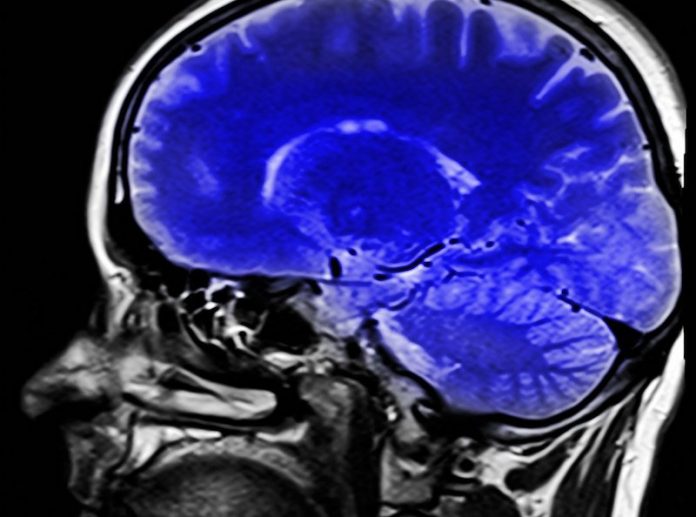
In a new study, researchers found that a new imaging-based method could enable the early detection and differentiation of a wide variety of dementia characterized by the buildup of tau protein in the brain.
They found that the method, which uses an imaging technique called positron emission tomography (PET), enables sensitive detection of tau deposits in Alzheimer’s disease and various frontotemporal lobar degeneration (FTLD) disorders.
This is the first demonstration that abnormal tau protein deposits in Alzheimer’s disease and diverse FTLD disorders can be captured with high contrast, allowing an individual-based diagnosis of these illnesses with high accuracy.
The research was conducted by a team at the National Institutes for Quantum and Radiological Science and Technology in Chiba, Japan.
Most age-related neurodegenerative diseases are characterized by aggregates of misfolded proteins such as tau.
Abnormal tau deposits in the brain are present in patients with Alzheimer’s disease and FTLD disorders, which cause a progressive neuronal loss in the frontal and temporal lobes of the brain.
FTLD is the pathological process underlying frontotemporal dementia, which can lead to behavioral, emotional, and language problems.
As tau pathologies occur in the brain decades before the clinical onset of the disease, it is possible that the diagnosis and differentiation of Alzheimer’s disease, FTLD syndromes, and related disorders can be made at a very early stage.
Abnormal tau deposits in patients with Alzheimer’s disease have been visualized using PET, which involves injecting molecular probes labeled with radioactive atoms into the body.
But tau aggregates in patients with FTLD have not previously been detected with high sensitivity using existing PET probes.
One major hurdle is that 11C-PBB3—an imaging probe designed to visualize tau deposits—breaks down rapidly after injection and does not enter the brain in large concentrations.
To overcome this problem, the team modified PBB3 to turn it into a more metabolically stable compound called PM-PBB3, which they labeled with fluorine-18.
They showed that 18F-PM-PBB3 binds to tau deposits in brain sections from mice with a mutation that causes FTLD.
Moreover, the probe detected tau aggregates in 39 living patients with Alzheimer’s disease and various FTLD disorders, including Pick’s disease, progressive supranuclear palsy, and corticobasal degeneration.
The technique could distinguish the different types of patients based on the location of the tau aggregates.
Biopsy and autopsy results confirmed the clinical diagnoses of the patients who had undergone PET scanning.
In addition, the researchers tested 18F-PM-PBB3 in three individuals with mild cognitive impairment and 14 patients with Alzheimer’s disease.
The technique detected tau deposits at preclinical stages and differentiated individuals based on their severity of dementia.
Taken together, the findings demonstrate that 18F-PM-PBB3 offers high-contrast imaging of tau aggregates in a wide variety of patients with Alzheimer’s disease and FTLD.
The technique could be used for early diagnosis, disease staging, and the accurate identification of subtypes of patients.
One author of the study is Makoto Higuchi.
The study is published in Neuron.
Copyright © 2020 Knowridge Science Report. All rights reserved.



